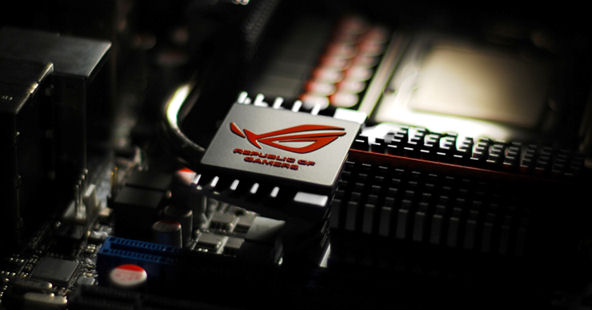Republicans
Computing giant ASUS recently held an event to showcase its Republic Of Gamers (ROG) sub-brand of enthusiast PC components and systems. We spoke to ROG product manager Andrew Wu to get an idea of what kind of market there is for components that sometimes cost as much as complete low-end systems.
ROG products are designed specifically for enthusiast PC users and/or high-end gamers. As well as claiming to offer the best materials and components, their major selling point is the extent to which they assist enthusiast users in overclocking their systems. While the continued success of HEXUS is testament to the market for such products, we were still sceptical about the side of the market.
So we asked Wu why anyone would pay £300 for a motherboard. "These have many overclocking features, they're more like Porsches than Mercedes," he explained. "The high-end desktop market has not declined, but maybe we've taken some share from our competitors. We sell a lot and the market is growing - mainly through e-tail in the West and retail in the East."
While much of the technology world has become preoccupied with mobile devices, the enthusiast PC sector is largely untouched. While mobile devices are more powerful than ever, they will never be able to offer the sheer computing grunt of a high-specced PC, let alone lend themselves to overclocking.
It is now normal for consumers to own multiple devices, but if you're a gamer, or simply want a system with the best possible performance, there's still no substitute for a desktop. ASUS considers it worthwhile to invest in a niche, high-end sub-brand to cater for such users, whose desire for powerful PCs is undiminished by the lure of the smartphone or tablet.
In fact ASUS is so committed to the ROG brand that Wu revealed it plans to launch a peripherals range in the near future, despite that already being a highly competitive market. And the channel is happy about the continued strength of the enthusiast market, as higher-value products equal better margins.
To conclude we asked Wu to spill the beans on the Intel X79 platform, which will support the Sandy Bridge Extreme processor. "I can't talk about it too much right now," said Wu, explaining he'd been sworn to secrecy, "but it's the most important product for us and we have some secret weapons."
We'd be interested to hear from HEXUS readers who invest in this kind of high-end kit. What do you get for your money? Is the enthusiast market as healthy as ever? How does ROG kit compare to the competition? Let us know in the HEXUS.community.














